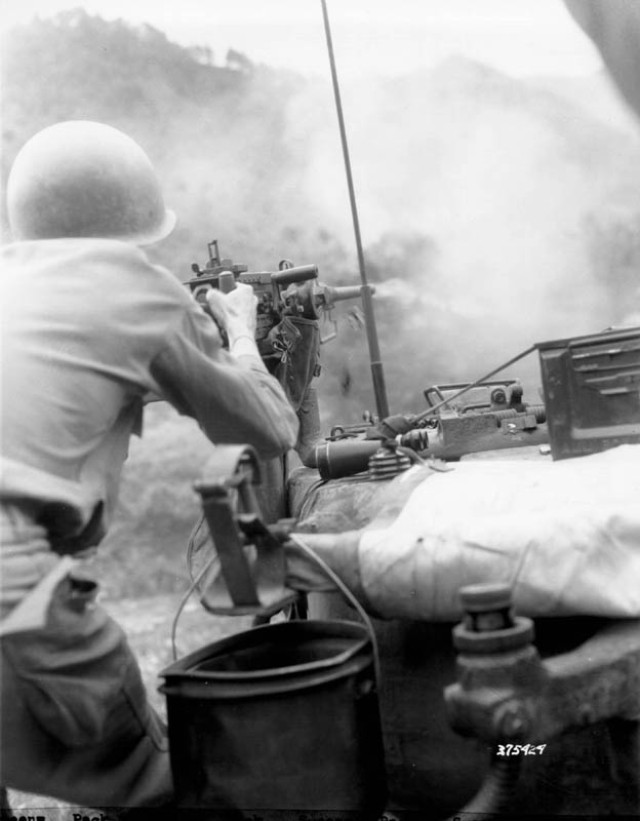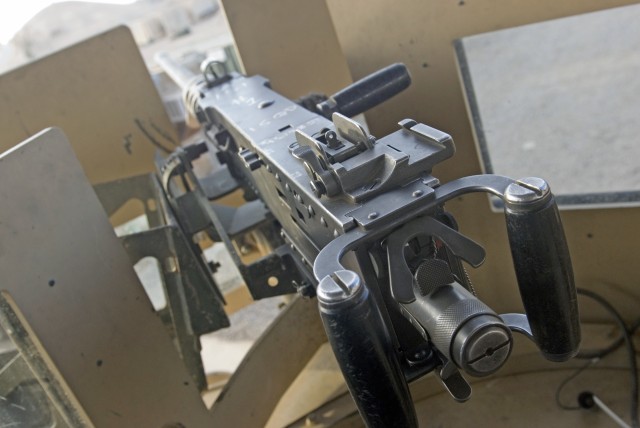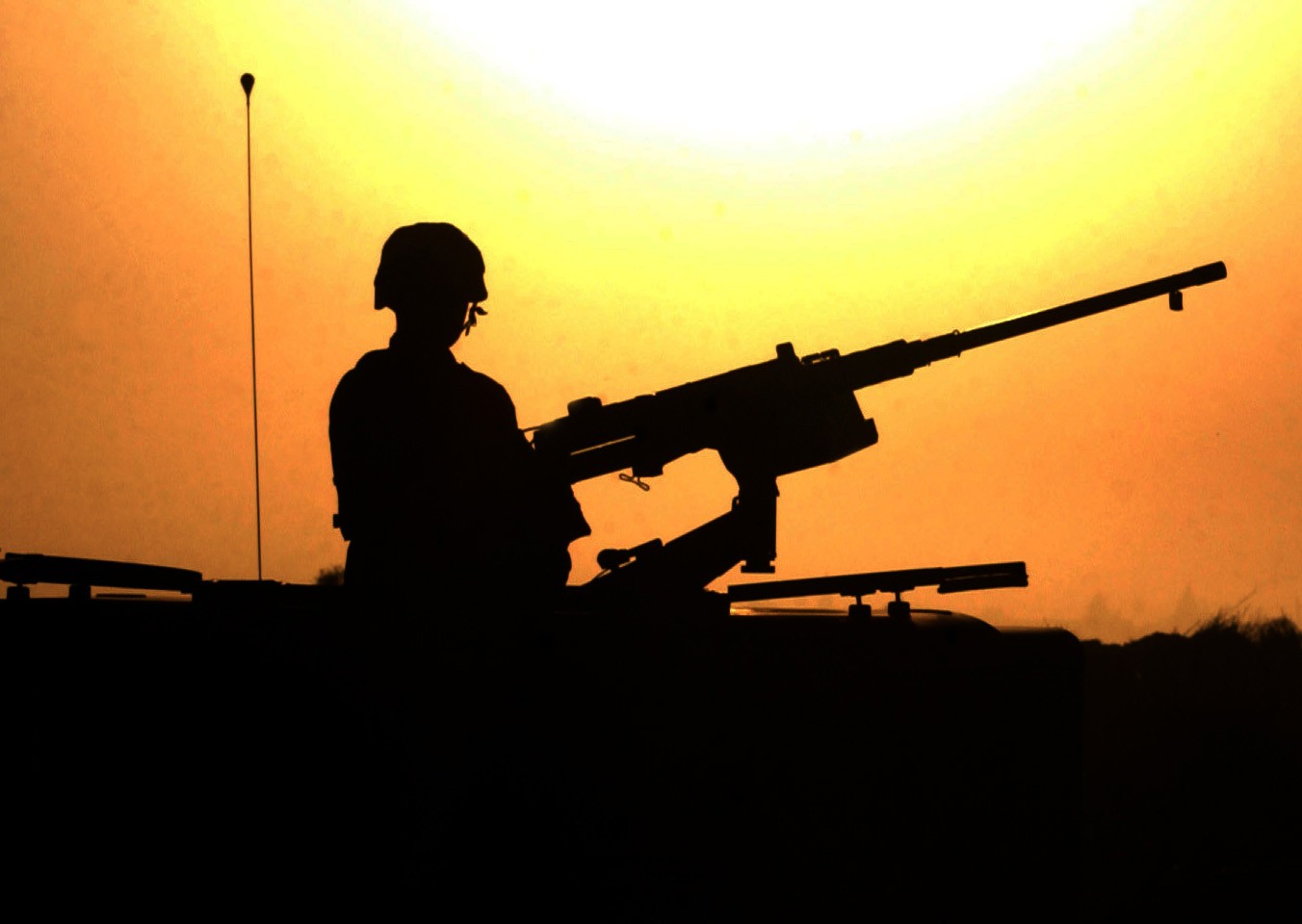JOINT BASE BALAD, Iraq - The M2 .50 cal machine gun is used by many 3d Sustainment Command (Expeditionary) Soldiers during convoy operations in Iraq today.
When properly maintained, this machine gun can serve as a formidable asset to many units throughout Iraq. When the machine gun is neglected or improperly maintained however, stoppages, damage to the weapon system or injury to the operator can occur.
Origins
The "Ma Deuce," as it is sometimes referred to, was first tested by the Army in 1918. The M2 was designed in response to both German 13mm antitank rifles being fielded and the thicker enemy armor appearing on the battlefield in Europe.
After a number of tests, the M2 entered service in 1923 as the M1921. It is a scaled-up version of an older Browning design, the M1917 .30 cal water-cooled machine gun, and, like its predecessor, early variants of the M2 were also water-cooled. Since its first induction, the M2 has undergone a few changes, although the basic action of the weapon system has remained the same.
Over the last 80 years the M2 has been successfully adapted to a variety of roles and has been mounted on aircraft, ground vehicles and warships alike.
In some instances, the M2's were used in what some could consider less than conventional ways.
During the Korean War, for instance, quad .50 cal anti-aircraft guns were used against massed Korean and Chinese infantry attacks. And during the Vietnam War, Marine sniper Carlos Norman Hathcock was known to have used the M2 mounted with a scope for long-distance kills.
Recently, an upgrade system known as the M2E2 was made available. This upgraded version includes such enhancements as a quick change barrel system, an improved flash suppressor and a manual safety.
Safety considerations
For most variants of the M2 (those without the full M2E2 upgrade), headspace and timing must be set after assembly and prior to use.
In the M2, headspace is measured as the distance between the face of the bolt and the rear of the barrel and is adjusted by rotating the barrel. Timing is adjusted so that the firing takes place when recoiling parts are in the correct position.
Improperly set headspace and timing can result in damage to the weapon system or injury to the operator. Detailed instructions for properly setting headspace and timing can be found in Field Manual 3-22.65 or Technical Manual 9-1005-213-10.
Perhaps the greatest safety concern, however, is proper training. So says Cpl. Jacob S. Floyd, the company armorer for Bravo Company, 1st Battalion, 161st Infantry Regiment from Spokane, Wash.
"The individuals behind the weapon have to be dedicated and know how to operate that weapon properly and succeed in that mission with it."
Floyd, who is from Moses Lake, Wash., said in his 12 years in the military he's only seen two M2s go down due to human error, and both instances were related to improper headspace and timing.
Floyd says gunners should only use those lubricants outlined in the technical manual and not any of the newer lubricants - such as dry lubricants - that can be found on the market today. These can cause increased friction and a higher operating temperature, Floyd said, thus making the weapon system more prone to malfunction.
Spc. Shane J. Geesey, an M2 gunner with A Co., 1st Bat., 161st Inf. Regt., said novice gunners should spend as much time with the weapon system as possible.
"It's a very important weapon when you are out on missions," Geesey said, noting how the basic information about the weapon can be found in the Warrior Skills Level One book.
Geesey, who is from Tacoma, Wash., said he appreciates the manual safety that's installed on his current weapon - not like the one he used when he was in Afghanistan in 2006 which had none at all.
And as for reliability'
"It's a very reliable weapon." Geesey said, noting how on a recent mission, after spending all day in the rain, the weapon functioned perfectly.
"The M2 has been around for years," Floyd said, "It will probably outlive me and everything in this room. It is an awesome weapon system."
Story by Sgt. Alexander Snyder








Social Sharing